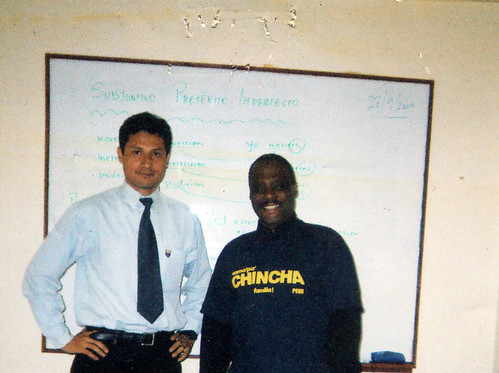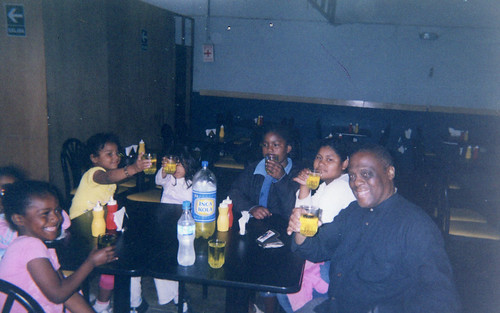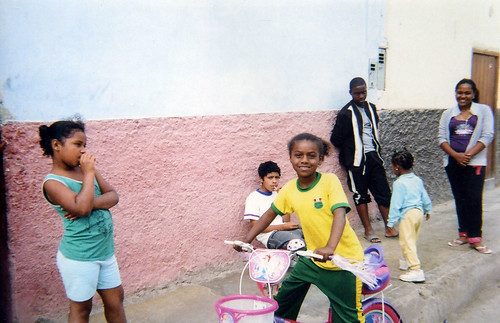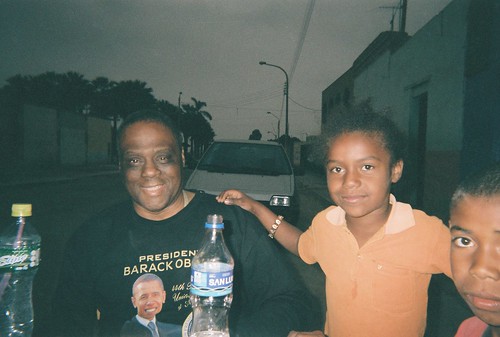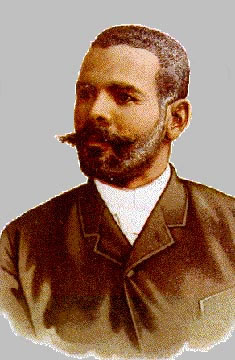Black American Traveling
to Black Latino America
to Black Latino America
During my first trips to Perú, Ecuador, Panamá and Colombia, and as I was passing through El Salvador and Mexico, I wanted to show off my ethnic pride and immediately be marked by the people around me as a black-American. In each Latin-American country I visit, I try to seek out black communities so I can get a taste of black Latino cultures. I wore t-shirts with pictures and names of Muhammed Ali, Tupac Shakur, Luther Vandross, and Barack Obama, all of which collected quite a bit of attention. Before leaving to return to Oakland, CA, where I have been living throughout my adult life, I cleaned and gave all of those t-shirts to anyone who wanted a souvenir from an African-American traveler.
Upon my return to Oakland from places like Perú, Ecuador, Colombia, and even Cuba, from years back, I wanted to show off my language and cultural exposure by wearing t-shirts of one of Perú's largest black communities, Chincha; my sentimental favorite international (predominately black) soccer team Ecuador, and the t-shirt representing the University of Havana where I spent an early summer studying Spanish. I even wear clothes that were handwoven in Ecuador, like my panama hats and alpaca knit sweaters. When my Peruvian-American friend María told me that I come across as a foreign black person, I took it as a compliment.
Sporting a t-shirt representing a large,
culturally rich, Afro-Peruvian community.
culturally rich, Afro-Peruvian community.
Each of those shirts, worn here and abroad, served as conversation pieces. In Latin-America, I easily attracted curious new friends. Here in the states, I not only get curious looks from American citizens, but I attract curious new friends from the countries I represent with what I'm wearing.


